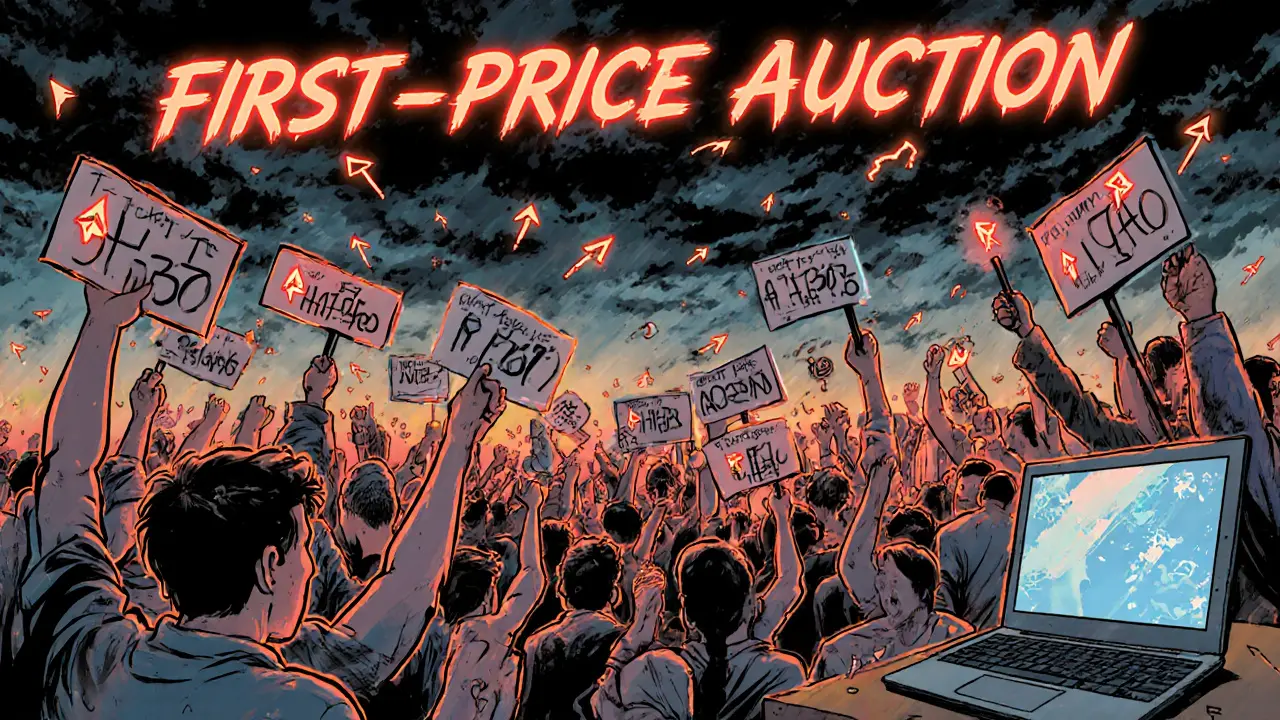ETH Supply: Understanding Ethereum's Token Economics and Circulating Supply
When you hear ETH supply, the total number of Ether tokens in existence, including those circulating and those locked in smart contracts or reserved for future issuance. Also known as Ethereum token supply, it’s not fixed like Bitcoin’s 21 million cap—instead, it’s dynamic, shaped by mining rewards, transaction fees, and the burning mechanism introduced in 2021. Unlike older blockchains that print new coins endlessly, Ethereum now destroys more ETH than it creates on most days, making its supply contract over time.
This shift didn’t happen by accident. The Ethereum Merge, the 2022 upgrade that replaced proof-of-work with proof-of-stake. Also known as The Merge, it removed the need for energy-heavy mining and cut new ETH issuance by over 90%. Now, validators earn ETH as rewards, but every transaction burns a portion of ETH based on network demand. This creates a natural balancing act: when usage spikes, more ETH gets destroyed, pushing supply down. When usage drops, the network issues a small, predictable amount to keep validators paid. This model ties ETH’s scarcity directly to real-world activity, making it unlike any other major crypto asset. The circulating supply, the amount of ETH actively available on exchanges, wallets, and DeFi protocols. Also known as liquid ETH, it’s what traders actually see in price charts and what influences market sentiment. As of late 2025, the circulating supply hovers just under 120 million ETH, but the total supply is slightly higher due to locked staking deposits and unclaimed rewards.
What does this mean for you? If you’re holding ETH, you’re not just betting on adoption—you’re betting on network usage. More transactions mean more burning, which means less supply over time. That’s why ETH’s value proposition is now tied to how much people actually use Ethereum, not just speculation. The posts below dig into how supply changes affect price, how staking locks up ETH, why some exchanges report different supply numbers, and how the burning mechanism compares to Bitcoin’s fixed model. You’ll also find real data on past supply shifts, how ETH supply differs from tokens like Solana or BNB, and what happens when network congestion spikes. This isn’t theory—it’s live economics, playing out every second on the Ethereum blockchain.
EIP-1559 transformed Ethereum's fee system by burning the base fee, reducing ETH supply and making gas costs predictable. Learn how it works, why it matters, and how it affects your transactions.

